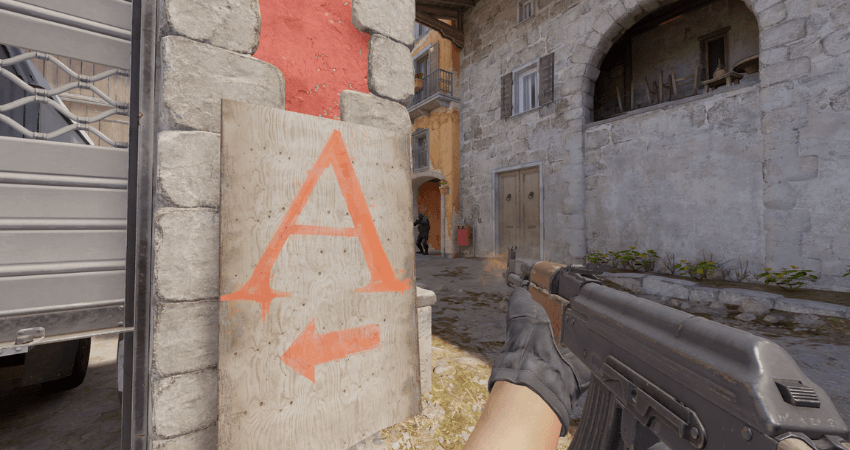Daily Pulse: Global Insights
Your daily source for news and insightful information from around the globe.
CS2 IGL Role: Orchestrating Victory with Strategy and Wit
Unlock the secrets of mastering the CS2 IGL role! Discover strategies and tips to lead your team to victory with cunning and style.
Mastering the CS2 IGL Role: Essential Skills and Strategies for Success
Mastering the CS2 IGL (In-Game Leader) role requires a unique blend of skills and strategies that can significantly impact your team's performance. First and foremost, communication is key; an effective IGL must articulate strategies clearly and be able to adapt on the fly based on the match dynamics. Additionally, a deep understanding of the game mechanics and map knowledge is essential, allowing you to make tactical decisions that leverage your team's strengths while exploiting your opponent's weaknesses. Analyzing past matches and studying opponent tendencies can also be beneficial in formulating your game plan.
Another crucial component in the success of an IGL is the ability to build team synergy. This includes fostering a positive environment where each member feels valued and empowered to contribute their ideas and feedback. To achieve this, consider implementing regular team discussions or strategy sessions where everyone is encouraged to share their perspectives. Furthermore, employing various decision-making strategies, such as using data analysis from scrims and matches to refine your approach, can solidify your effectiveness in leading the team. Remember, the IGL's ability to manage both in-game strategy and team morale is what sets successful leaders apart.

Counter-Strike is a popular first-person shooter game that pits teams of terrorists against counter-terrorists in various objectives-oriented missions. Players often customize their characters with different items, including sport gloves, to enhance their gameplay experience and showcase their style.
Top 5 Leadership Traits Every Effective CS2 IGL Should Possess
In the competitive world of CS2, effective leadership is crucial for success, especially for an In-Game Leader (IGL). Here are the Top 5 Leadership Traits that every effective CS2 IGL should possess:
- Communication Skills: An IGL must have the ability to convey strategies and tactics clearly to their team. This ensures that every player understands their role and can execute plans effectively.
- Adaptability: The game is constantly evolving, and a great IGL needs to adjust strategies on the fly. Being adaptable allows them to capitalize on opponents' weaknesses and counterplay effectively.
- Decision-Making: Quick and sound decision-making can be the difference between winning and losing a match. An effective IGL must analyze situations rapidly and make optimal choices under pressure.
- Empathy: Understanding the strengths and weaknesses of individual players fosters a cohesive team environment. An empathetic IGL can motivate each member and tailor strategies that exploit their unique skills.
- Confidence: A confident IGL inspires trust among teammates. When players believe in their leader's vision, they are more likely to follow through with strategies and take calculated risks in crucial moments.
How to Build Effective Communication Strategies as a CS2 IGL
As a CS2 IGL (In-Game Leader), developing effective communication strategies is crucial for coordinating your team's actions and achieving victory. Start by establishing a clear communication hierarchy within your team. This means designating who will relay information during critical moments in the game. Utilize tools like in-game voice chat and external platforms like Discord to maintain constant communication. Remember to keep your language concise and to the point, minimizing clutter and ensuring that important information is communicated swiftly. A well-organized communication strategy can significantly enhance your team's responsiveness in high-stakes situations.
Another critical aspect of building effective communication strategies is fostering an environment of open feedback among team members. Encourage your players to voice their thoughts on game strategies, positioning, and tactics. You can implement regular review sessions where players discuss what worked and what didn't, reinforcing a culture of collaboration and improvement. To better visualize your game plans, consider using maps or diagrams during your discussions. By integrating these elements into your communication practices, your team will become more cohesive, allowing for a more synchronized execution of strategies during matches.